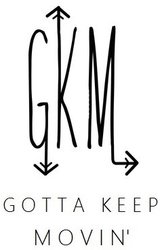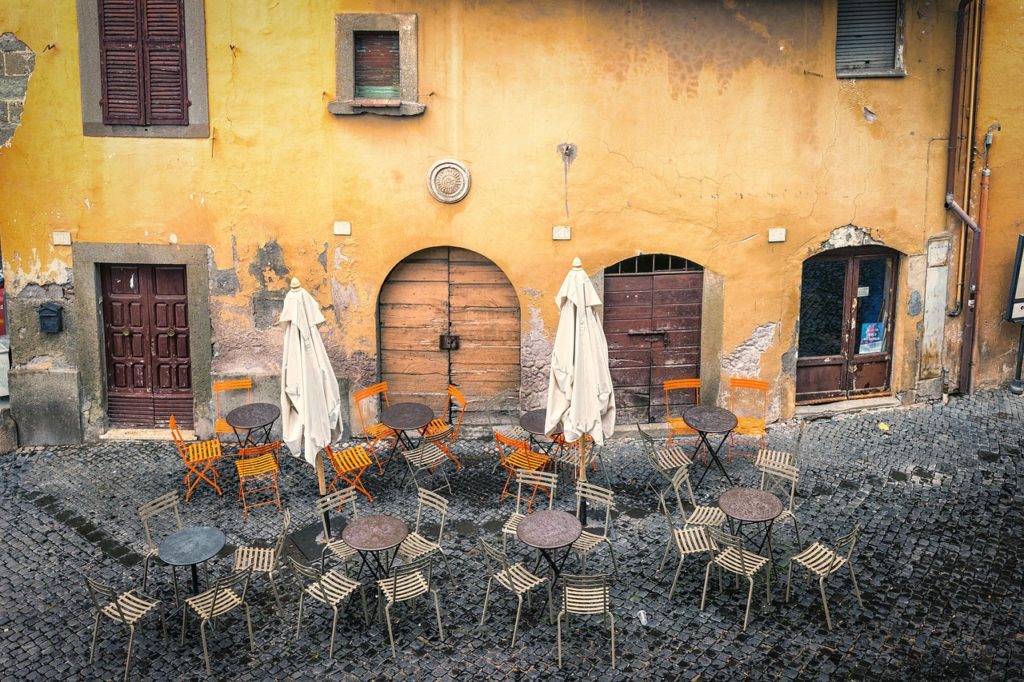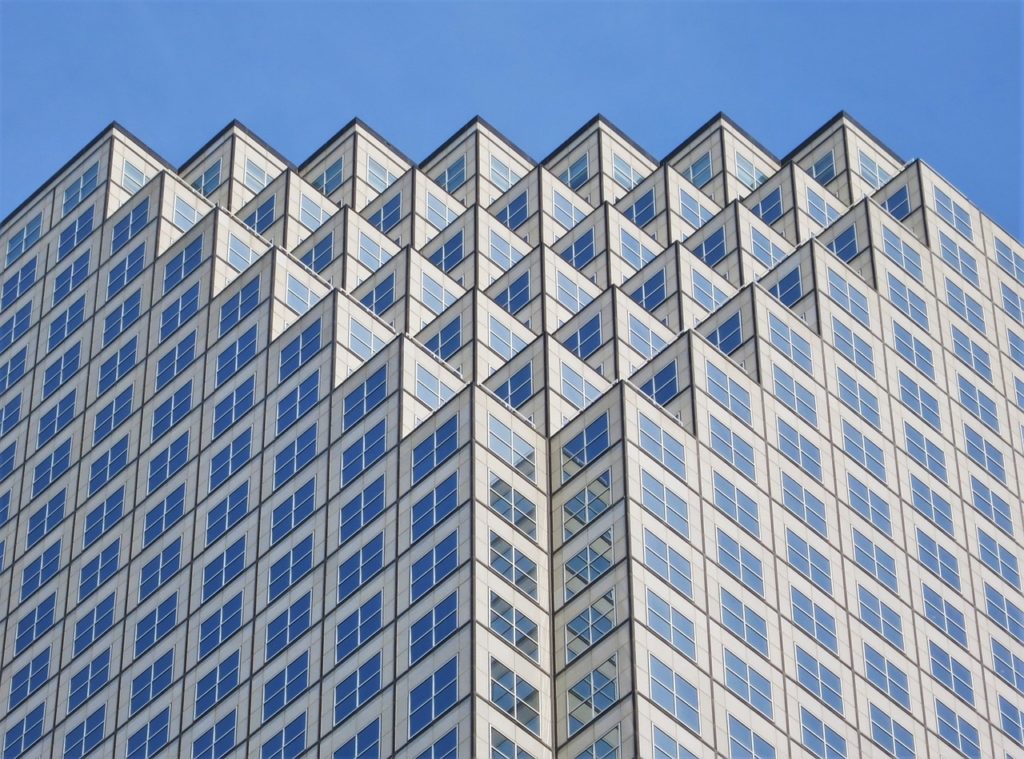How to improve your city photography
City and street photography is among the most captivating in the world. It offers us a glimpse into city life across the planet, and how humans have made their place here. Now that quality cameras are so accessible and affordable, everyone’s a photographer and there are photos across the internet of every single city around the globe. To improve your city photography and make yourself stand out, follow these tips.
1. Watch and wait
Taking great photos requires lots of waiting, especially in a city. When you’re in a place where the scene is moving around so often, waiting is essential to capturing it on film because something new opens up every few minutes. When we rush through cities, we swish by the minute details that make for great pictures. We also run the risk of missing quality shots by seconds if we move too quickly onto the next place to shoot.
As you get better at city photography, you learn to anticipate when something interesting might happen, or when movement is at its most photogenic. This could be anything as simple as predicting the influx of movement when the lights change at a pedestrian crossing, to knowing how good a woman in a red coat will look once she steps into the light between two skyscrapers. Waiting for these moments makes all the difference.
// Related post: Podcast –Get into photography for immersive travel experiences //
2. Observe people
Anyone can take a picture of a city street, but not everyone can snap a unique moment on that street. Capturing the way that people interact with the space around them is key to outstanding city photography. When you find a photo-worthy scene, scan around it with your camera and pay attention to the way the people in the shot move around.
Take notice of who is wearing interesting clothing, or stands out against the background. Pick out the people who look unusual or striking and take several shots of them as they move. This often requires a larger lens so you can take pictures from afar, or speaking to that person and building a rapport. Be respectful – taking pictures of people is sometimes rough ground when it comes to photography etiquette, but it comes with practice.
3. Venture to unusual areas
Due to the fact there are so many photos of cities across the world, it often takes walking around an unsung neighbourhood to find something new. Push yourself to visit parts unknown and capture it through your photography. Take a walk down the quiet streets to see if anything happens there worthy of a photograph.
This technique takes patience, and you may often find nothing in particular. However, strong subjects for top photography won’t fall into your lap – you have to be curious and persistent, and know that every neighbourhood has value. Keep exploring and have faith that a priceless moment could be just around the next corner.
4. Look up
When shooting city photography it’s tempting to keep your attention at street level, but there’s a lot to be found up above. People peeking out of windows or light hitting a building in a particular way are the kinds of things that can be spotted if we train ourselves to look up. Explore a place thoroughly with your eyes to find something good to capture on film.
If you can actually get onto a higher level, that’s also a strong advantage. A long range zoom lens and a slightly higher vantage point will allow you to take pictures from a bird’s eye perspective, or you can look at the next building over from an equal level. Both should provide some interesting scenes.
5. Pay attention to light
The way that a photographer manipulates light into a shot is what separates the men from the boys. Light is your best friend (or, if there is none, your worst enemy) when it comes to photography, and you have to learn how to use that light wisely to get the best photos.
Observe how light moves through a city’s squares, parks, streets, and across its buildings. Test out that light from different angles to see which is the most effective. Go on your photos walks either at sunrise or sunset (what photographers refer to as golden hour) to use the saturated light for a different kind of photo. Keep your eyes peeled for architectural features, such as skyscrapers with lots of glass windows or archways that make light fall in stripes on the ground, that play with light in a beautiful way.
What’s your top advice for city photography?





Leave a Reply